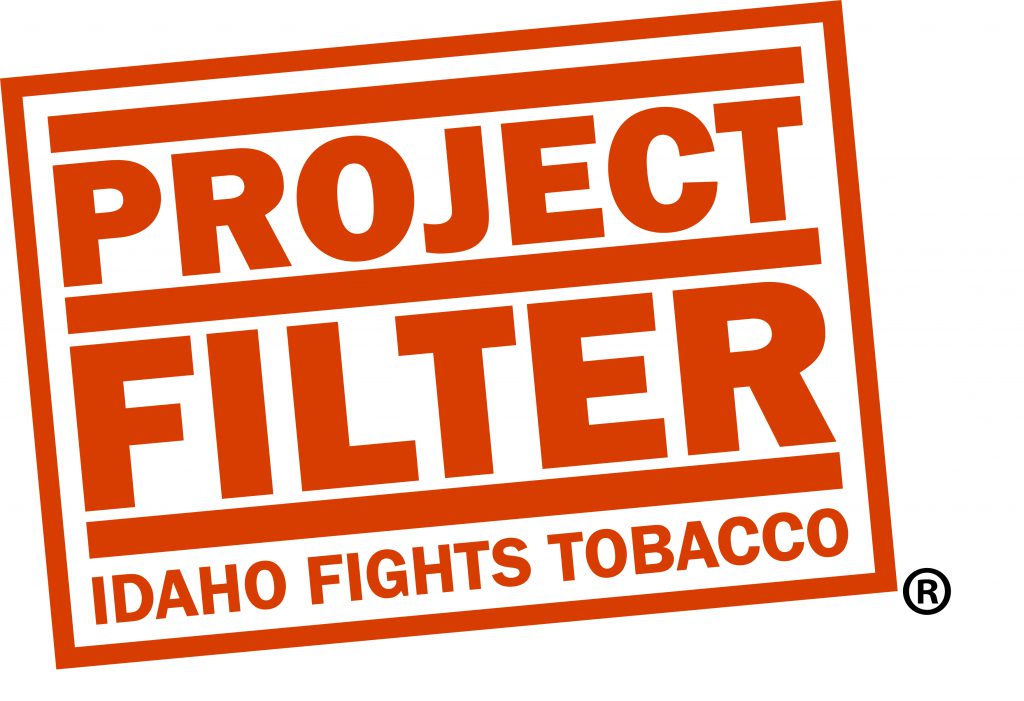Tag: stress
3 Ways to Manage Stress

Stress is a normal part of life, but living in a state of constant, chronic stress is not healthy. Here are three simple things you can do today to help you relax and reduce the impact of stress on your body and mind.
Deep Breathing
Deep breathing can be used to quickly reduce stress and tension. It increases the supply of oxygen to your brain and stimulates the parasympathetic nervous system, which promotes a calming “rest and digest” response. Breathing techniques help you feel more connected to your body and quiets your mind. Try one of the deep breathing techniques linked below.
Stretching
Emotional stress can build up in our bodies and cause tension in the head, neck, and shoulders. Stretching is one easy way to relax and calm your muscles. Try the following stretches throughout your day or whenever you notice yourself feeling tense.
- Cable Stretch:
- While sitting with chin in, stomach in, shoulders relaxed, hands in lap, and feet flat on the floor, imagine a cable pulling your head upward. Hold for 3 seconds and relax. Repeat 3 times.
- Neck Stretch:
- Tilt head to one side (ear towards shoulder). Hold for 15 seconds. Relax. Repeat 3 times on each side.
- Diagonal Neck Stretch:
- Turn head slightly and look down as if looking in your pocket. Hold for 15 seconds. Relax. Repeat 3 times on each side.
- Shoulder Shrug:
- Slowly bring shoulders up to the ears and hold for approximately 3 seconds. Rotate shoulders back and down. Repeat 10 times.
5-4-3-2-1 Technique
Many times, the stress we experience is because we are replaying something that has already happened or worrying about something that might occur in the future. The 5-4-3-2-1 Technique can help you keep your thoughts in the present moment by using your five senses to identify tangible things around you. Bringing your thoughts to the present moment can lower anxiety and ease your mind through stressful situations. The next time you notice your thoughts racing, take a deep breath, and do the following:
- Identify 5 things you can see.
- Identify 4 things that you can touch.
- Identify 3 things you can hear.
- Identify 2 things you can smell.
- Identify 1 thing you can taste.
https://academized.com/blog/take-a-deep-breath
https://www.ors.od.nih.gov/sr/dohs/HealthAndWellness/Ergonomics/Pages/exercises.aspx#Musculoskeletal
https://www.destressmonday.org/unwind-monday-5-4-3-2-1-coping-technique/
Matters of the Heart

By: Mimi Fetzer RD, LD, with The Idaho Diabetes, Heart Disease, and Stroke Prevention Program
February is a time for love, relationships, and matters of the heart. That includes the relationship we have with our heart health. The heart pumps blood to all parts of the body. Blood carries oxygen, nutrition, hormones, and removes waste. The best way to strengthen the relationship with our heart is to adopt a healthy lifestyle.
Tips for a Heart-Healthy Lifestyle:
Reduce sodium and saturated fat intake. Instead, enjoy nutritious foods.
The heart needs a combination of nutrients to function at its best. Consuming a variety of different fruits, vegetables, whole grains, nuts, seeds, lean protein, and low-fat dairy is the best way to get these nutrients. Too much of certain nutrients, such as sodium and saturated fat, can place stress on the heart.
Examples of high sodium and saturated fatty foods include:
- Pizza such as pepperoni with full fat cheese.
- Frozen meals.
- Processed meats such as bacon, sausage, lunch meats and hot dogs.
- Snacks such as chips, jerky and shelf-stable cakes.

Quit smoking and vaping tobacco products.
Smoking is a major risk factor for heart disease. It can damage the blood cells that transport essential nutrients and compromise the function and structure of the cardiovascular system.1 Medical studies suggest cigarette and e-cigarette smoking result in abnormalities of blood flow to the heart.

For those who are ready to quit, there are resources on the Project Filter Website or call 1-800-QUIT-NOW. Project Filter has expert quit coaches and free patches, gum or lozenges to support people on their quit journey.
Prevent diabetes.
Having pre-diabetes or diabetes impacts how much glucose is in the bloodstream. Over time, high blood glucose levels can damage blood vessels causing the heart to work harder to pump blood throughout the body.2
To find out if you or a loved one is at risk for prediabetes, take the Prediabetes Risk Quiz. The results can inform conversations with your healthcare provider and encourage appropriate lifestyle changes. Diabetes Prevention Programs are offered throughout the state to decrease your risk for diabetes. This program is led by trained Lifestyle Coaches who guide a group of individuals through a series of interactive sessions. Each session features different techniques to help adopt a healthy lifestyle and prevent or delay diabetes.
Manage diabetes.
If you have been diagnosed with diabetes, talk with your healthcare provider about diabetes management and participating in a Diabetes Self-Management Education and Support Program. This program is delivered by trained healthcare professionals who can discuss how nutrition, medication, and physical activity can help manage diabetes and result in a healthy heart.
Engage in consistent physical activity.
Regular physical activity strengthens the heart’s ability to pump blood throughout the body. 3 Physical activity can also help to manage tobacco cravings resulting in smoking cessation and reduce blood glucose levels. Each week adults should exercise for 150 minutes (2 hours and 30 minutes) if it is moderate-intensity aerobic activity or 75 minutes (1 hour and 15 minutes) if it is vigorous-intensity aerobic activity.
Examples of moderate-intensity aerobic activity:
- Fast paced walking
- Vacuuming
- Water aerobics
- Softball or baseball
Examples of vigorous-intensity aerobic activity:
- Hiking uphill
- Running
- Shoveling heavy snow
- CrossFit
Remember to have a positive relationship with your heart to ensure healthy relationships with loved ones all year long!

References:
1. Smoking and Your Heart. National Heart, Lung, and Blood Institute. https://www.nhlbi.nih.gov/health-topics/smoking-and-your-heart. Accessed January 15, 2020.
2. Diabetes, Heart Disease, and Stroke. National Institute of Diabetes and Digestive Kidney Diseases. https://www.niddk.nih.gov/health-information/diabetes/overview/preventing-problems/heart-disease-stroke Accessed January 15, 2020.
3. Physical Activity and Your Heart. National Heart, Lung, and Blood Institute. https://www.nhlbi.nih.gov/health-topics/physical-activity-and-your-heart Accessed January 15, 2020.
 Official Government Website
Official Government Website